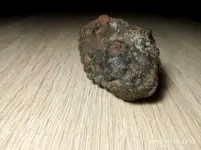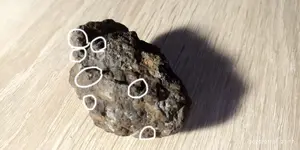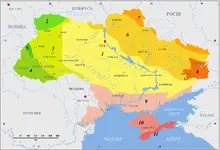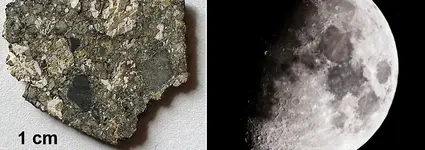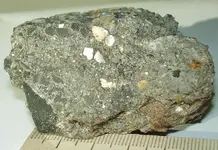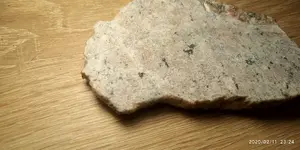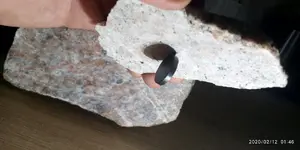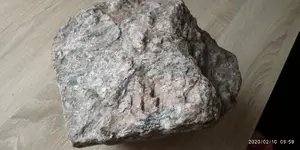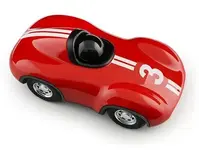Oh dear. There’s only so much help that can be given, but the Russian website ‘cursovoy.narod.ru’ with its collection of ‘meteorites’ is a joke. I could not stop laughing. The first section says:
“First of all, since some "experts" doubt that these are meteorites (or they have it so accepted - show them the pallasite, they will say that it is slag), then I will first of all give such signs of meteorites, which in appearance (including the appearance of the polished surface) can be determined with a high probability (almost 100%) that this is a meteorite, and chemical analysis will only confirm this.”
This person is an amateur, showing pictures of things which are NOT meteorites. He’s doing what you are doing. Making assumptions based on appearance without any evidence to support his claims. He also obviously has no first-hand experience of meteorites and is just relying on things he has read on the internet. The descriptions of petrology he is giving actually bear no resemblance to the features seen in his rocks.
It’s difficult to translate everything from the website and I’m not sure if he is selling specimens as meteorites (but which are not meteorites at all). However, he appears to be running some kind of business. He talks about payment for his services and the difficulty of providing a price-list.
You cannot rely on anything shown on that website (in my opinion).
The mistake you are making is that you believe you can identify meteorites based on comparison to pictures you find on the internet. You can’t, unless you are really experienced, the pictures are of very high quality and are accompanied by some additional information about the context for the find and the properties of the specimen. The additional information also includes things such as ‘probability’. Even then the answer is not definitive without confirmatory analysis.
The first picture you showed in post #16 is a genuine lunar meteorite. In fact its NWA 2727. It’s a breccia of basaltic and gabbroic lithologies, came from the Sahara and the total amount found was 191g. Lunar meteorites in general are rare (as well as usually small) and some of them are breccias, but they’re typically feldspathic breccias. NWA 2727 is an extremely rare lithology type and is a unique specimen (so far), although it has similarities to NWA 773 (663g), NWA 2700 (32g) and NWA 2977 (233g).
Let’s take a look at your evidence:
Looks like a brecciated chondrite
You pointed out small spheres that you think might be chondrules. As already said, small spherical structures are common in things that aren’t meteorites. Chondrules of that size do NOT occur in lunar meteorites, which are essentially achondrites derived from the surface of the moon, after it became a differentiated body. A few lunar rocks from the Apollo missions have been found to contain moderate numbers of glassy spherules which are similar in structure to meteoritic chondrules, but they are tiny (typically less than 1 micrometer and certainly not visible to the naked eye).
I have an eyewitness to the fall of the meteor in 2005.
No, you don’t unless you actually saw it hit the ground. As already said, there are no reports from the meteorite community of a fall in the Ukraine or Russia during 2005.
Now trying to find the wreckage.
Assuming you saw a meteor streak in the sky, the chances that it hit the ground are extremely low. Most observations of streaks are high up in the atmosphere and from material which does not survive re-entry. Even if it does, it usually falls a long way from the observation of the streak. Tens of kilometres away. Even if you saw a streak and it hit the ground, you are likely looking in completely the wrong place
These are two (total six) fragments found nearby. They were found approximately at a distance of a kilometer from my first find.
As already said, a fall as fresh as 2005 would have a nice and obvious fusion crust. Your specimens don’t have that.
There are many thousands of kilometers to the nearest volcano.
No, there aren’t. the south and southwest of the Ukraine has volcanoes and your area in the northeast sits on the edge of a huge volcanic rift basin. Volcanic rocks will be found in your region and are a MUCH more likely possibility than meteorites. The appearances can be superficially similar. We also know little about industry in your area which might produce slag, clinker and other waste products or where it may have been dumped. Some of what you are showing does look like slag and since you said your finds were at least a kilometer apart, they may not all be the same type of material. You may have both volcanic rocks and industrial slag.
Your pictures
I have never seen anything resembling this kind of appearance in a meteorite and certainly not a lunar meteorite. If those blobs are metallic iron, it would be exceptionally unusual in terrestrial material too, except for things like man-made slag.
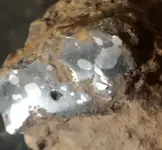
Native metallic iron is a pretty rare find in terrestrial rocks that have formed naturally. Most of earth’s iron is locked up as oxides, sulphides, silicates and carbonates etc which do not have a metallic appearance (apart from some sulphides where the appearance is crystalline, not rounded blobs).
There are some exceptions, which can be mistaken for meteorites but they’re only found in certain locations the very northern hemisphere. Below is a cut and polished section of material from Plato Putarano in Russia, from my own collection. You could easily mistake it for a mesosiderite meteorite, but it’s a fine-grained terrestrial basaltic breccia with streaks of native iron mixed with nickel.
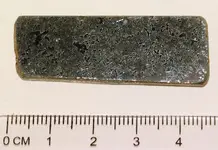
The specimen is from the Noril'sk district of Siberia and is associated with a volcanic rift, similar to the one adjacent to your location.
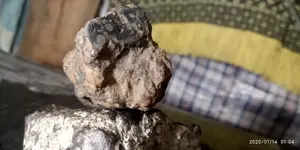 зображення_viber_2020- 01-15_17-21-2.webp85 KB · Views: 99
зображення_viber_2020- 01-15_17-21-2.webp85 KB · Views: 99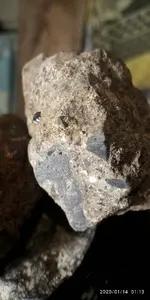 зображення_viber_2020-01 -15_17-21-3.webp109.5 KB · Views: 106
зображення_viber_2020-01 -15_17-21-3.webp109.5 KB · Views: 106 зображення_viber_2020-01-1 5_17-21-3.webp115.5 KB · Views: 97
зображення_viber_2020-01-1 5_17-21-3.webp115.5 KB · Views: 97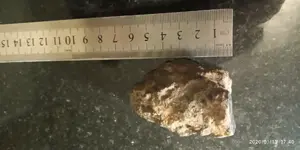 зображення_viber_2020-01-15_ 17-52-4.webp76.9 KB · Views: 82
зображення_viber_2020-01-15_ 17-52-4.webp76.9 KB · Views: 82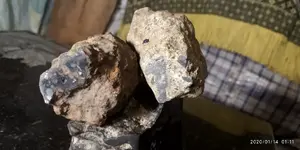 зображення_viber_2020-01-15_17-19-45.webp97.8 KB · Views: 85
зображення_viber_2020-01-15_17-19-45.webp97.8 KB · Views: 85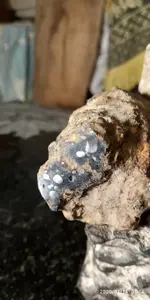 зображення_viber_2020-01-15_17-21-27.webp84.9 KB · Views: 83
зображення_viber_2020-01-15_17-21-27.webp84.9 KB · Views: 83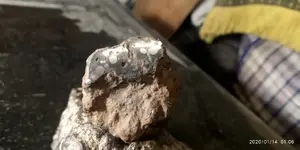 зображення_viber_2020-01-15_17-21-28.webp72.4 KB · Views: 86
зображення_viber_2020-01-15_17-21-28.webp72.4 KB · Views: 86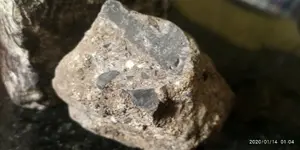 зображення_viber_2020-01-15_17-21-30.webp74.7 KB · Views: 97
зображення_viber_2020-01-15_17-21-30.webp74.7 KB · Views: 97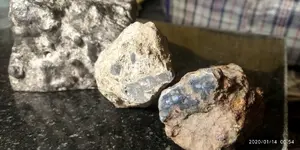 зображення_viber_2020-01-15_17-21-31.webp138.3 KB · Views: 89
зображення_viber_2020-01-15_17-21-31.webp138.3 KB · Views: 89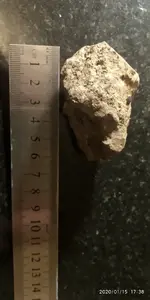 зображення_viber_2020-01-15_17-51-45.webp78.1 KB · Views: 83
зображення_viber_2020-01-15_17-51-45.webp78.1 KB · Views: 83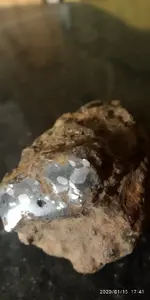 зображення_viber_2020-01-15_17-52-45.webp50.3 KB · Views: 90
зображення_viber_2020-01-15_17-52-45.webp50.3 KB · Views: 90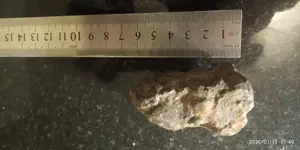 зображення_viber_2020-01-15_17-52-46.webp80.1 KB · Views: 81
зображення_viber_2020-01-15_17-52-46.webp80.1 KB · Views: 81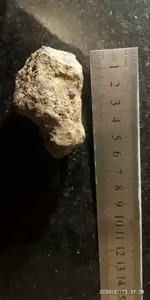 зображення_viber_2020-01-15_17-53-57.webp80.3 KB · Views: 89
зображення_viber_2020-01-15_17-53-57.webp80.3 KB · Views: 89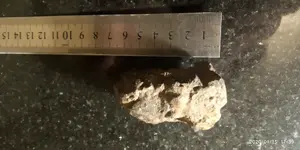 зображення_viber_2020-01-15_17-53-59.webp105 KB · Views: 81
зображення_viber_2020-01-15_17-53-59.webp105 KB · Views: 81


